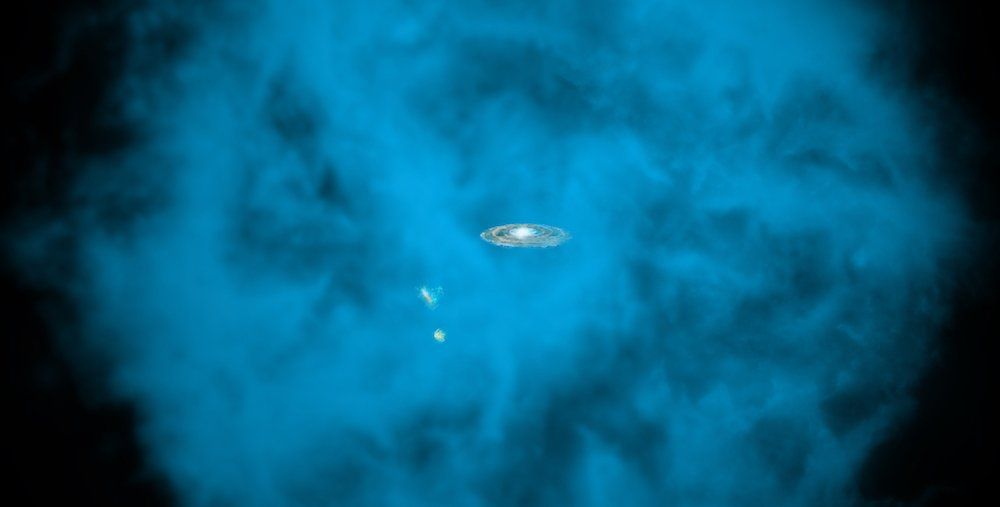Scientists have discovered that the mass of ordinary matter in the Milky Way is less than previously thought. This was found out when searching for fast radio bursts in the sky, carried out with the help of a special array of antennas.

Fast radio bursts
Fast radio bursts are mysterious short-term events that last only a few tens of seconds and appear as if from the emptiness. While scientists are arguing about their origin, the study of these mysterious phenomena has made it possible to clarify the mass of the Milky Way.
In order to systematically study fast radio bursts, it is necessary to constantly inspect a sufficiently large area of the sky. At the same time, this should be done with such accuracy that it would allow to notice a coin on the surface of the Moon.
Deep Synoptic Array
These are the search parameters provided by the Deep Synoptic Array radio observatory. It consists of 110 antennas working together and located in the Owens Valley in Central California. In the future, fast radio bursts can be investigated on an even more striking instrument, the DSA-2000.
It will consist of 2,000 antennas and will be located in Nevada. But even today’s results significantly increase our knowledge about fast radio bursts. After all, in 2022, Deep Synoptic Array has seen them 30 times, while only 21 have been registered since the opening in 2007 and before the start of this tool.
The work was also complicated by the fact that it was necessary to process large arrays of observational data in the current mode. Their stream was 24 GB per second. This is much more than most modern computers can process.
Mass of the Milky Way
The study of fast radio bursts gave a rather unexpected result. The fact is that they come to us from the extragalactic depths of space and carry traces of obstacles that they have encountered on their way.

By examining them, scientists were able to estimate the mass of ordinary baryonic matter in the halo — the outer spherical part of the Milky Way. It turned out to be unexpectedly low – only 10 percent of the total mass. The remaining 90 percent is accounted for by dark matter.
At the same time, according to the observations of scientists in the Universe, this ratio is 16 to 84. This result is in good agreement with some models of the evolution of stellar systems. In accordance with them, significant volumes of ordinary matter are washed out of galaxies due to feedback from the processes of influx of matter to them from the outside.
According to www.space.com
Follow us on Twitter to get the most interesting space news in time
https://twitter.com/ust_magazine

